Childhood games that have virtually disappeared
Remember the days when the only tools needed for a great time were chalk, a ball, and a group of friends? Childhood games have a magical way of transporting us back to a simpler time. These games are not only fun but also teach valuable lessons like teamwork, strategy, and creativity. As we revisit these classic pastimes, let’s explore the games that defined our youth and continue to spark joy across generations.
The Golden Era of Playground Fun
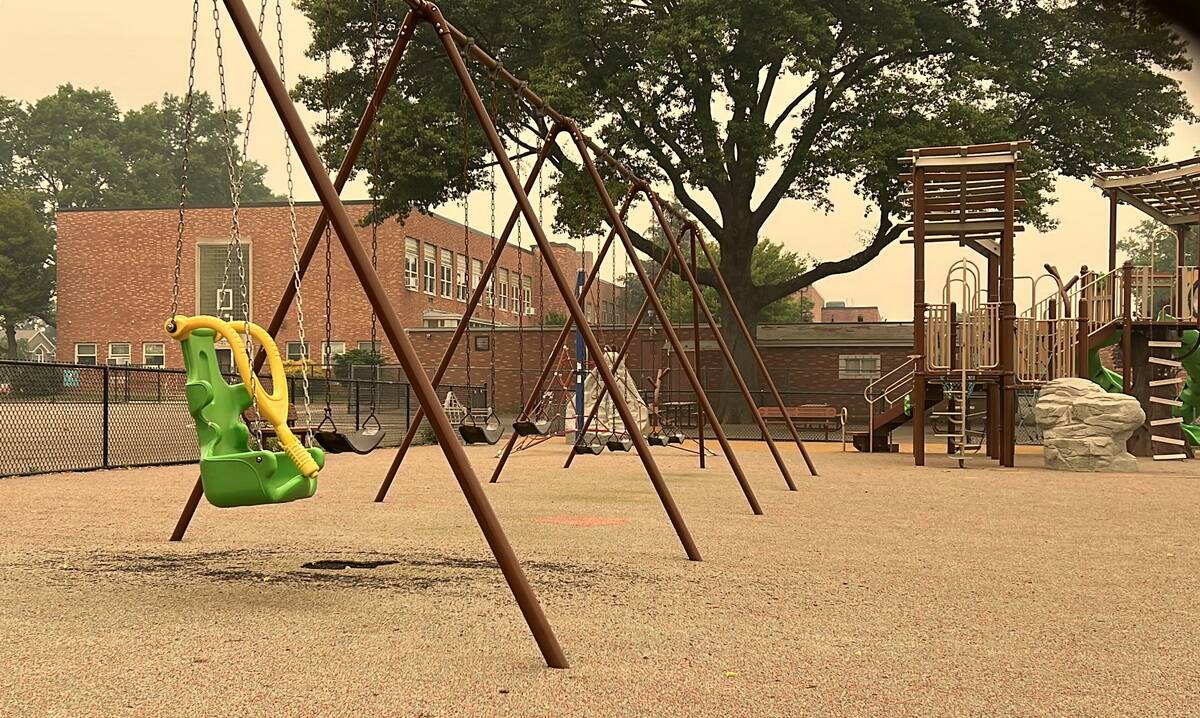
The playground was once a bustling hub of activity, where imaginations ran wild, and friendships were forged. From the 1950s through the 1980s, playground games were an essential part of childhood. Kids would rush outside, eager to engage in activities that required nothing more than their energy and enthusiasm. This era was marked by a sense of freedom and adventure, as children explored their world through play.
Kick the Can: The Original Hide and Seek with a Twist

Kick the Can is a delightful blend of hide and seek with a bit of tag thrown in for good measure. Originating in the early 20th century, it gained popularity during the Great Depression. Players hide while one person guards a can, attempting to kick it before being tagged. The game encourages players to strategize and cooperate, as teamwork often leads to victory. It’s a testament to how simple rules can lead to hours of enjoyment.
Red Rover: The Classic Team Challenge
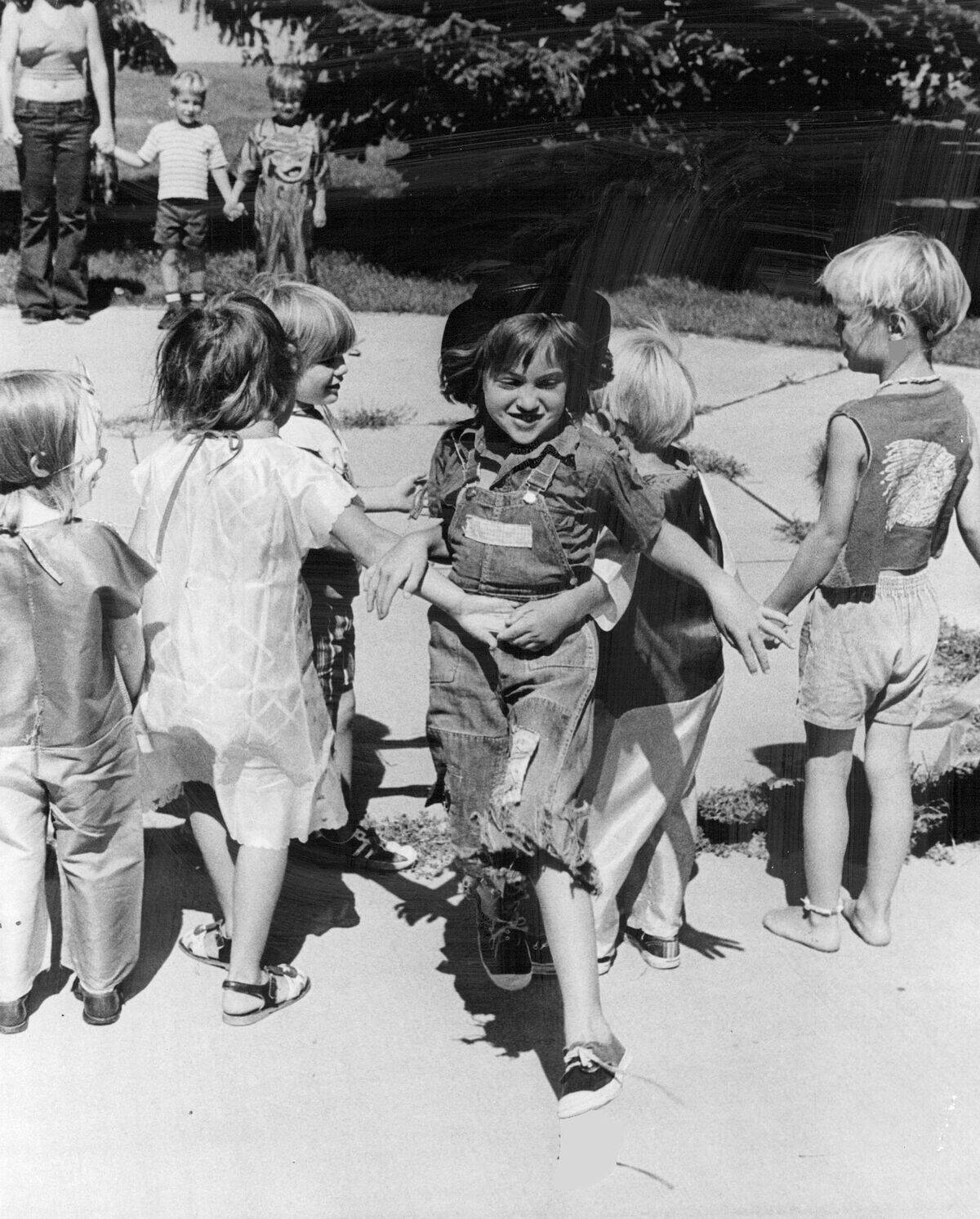
Red Rover is a game of strength and cunning, where two lines of players call out to each other, challenging opponents to break through their linked hands. This game, popularized in the 19th century, tests both physical and mental prowess. While some schools have banned it due to safety concerns, it remains a beloved memory for many. It’s a game that teaches resilience, as players must decide when to hold firm or take the plunge.
Marbles: A Game of Skill and Precision
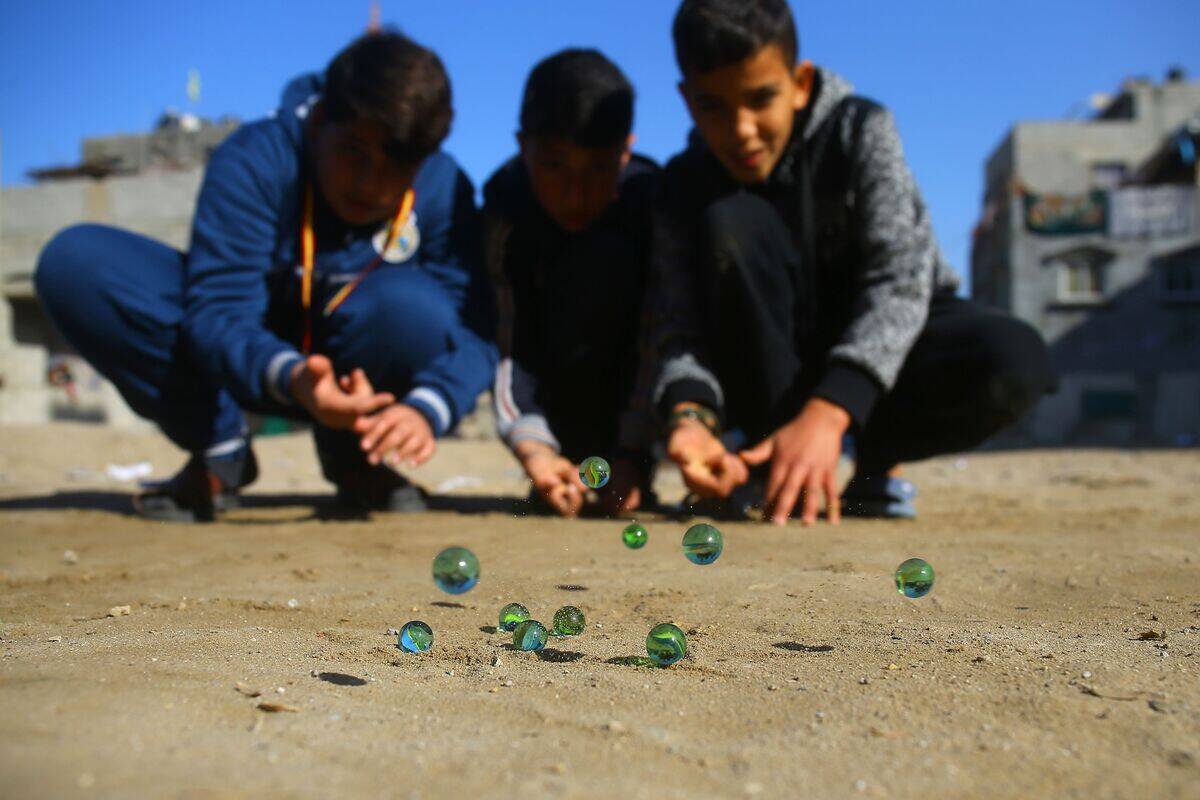
Marbles, a game with ancient origins, requires players to flick small glass balls with precision to hit targets. Known as “knuckling down,” this game has been a staple for children worldwide. It’s not only about skill but also about collecting the most beautiful marbles. The game’s simplicity and the tactile pleasure of holding marbles make it a timeless classic. Its popularity has seen ups and downs, yet it remains a cherished pastime.
Jacks: Small Game, Big Fun
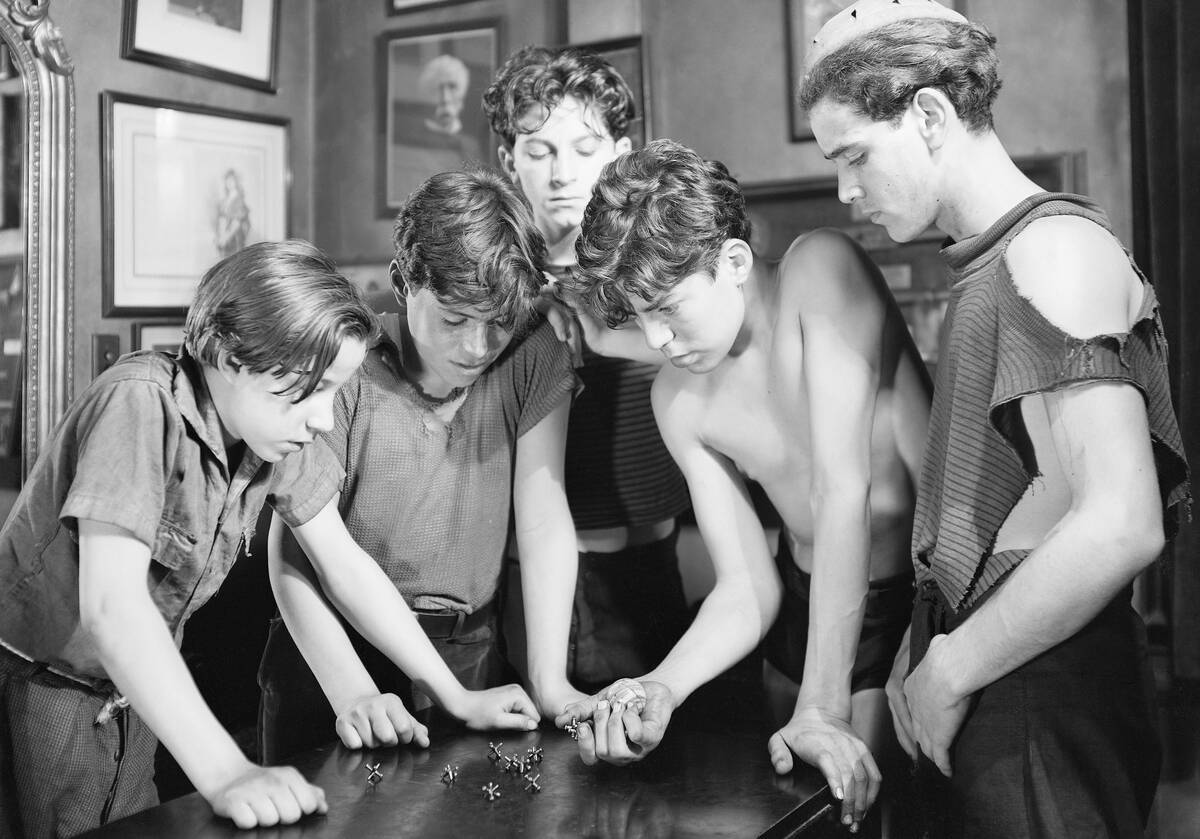
Jacks is one of those games that captivates with its simplicity and challenge. Played on a flat surface, it involves picking up small metal pieces while bouncing a ball. Originating from the ancient game of knucklebones, it requires hand-eye coordination and quick reflexes. The game’s charm lies in its accessibility—just a small ball and a set of jacks are needed. It’s a reminder that big fun can come in small packages.
Hopscotch: Balance and Agility in Action
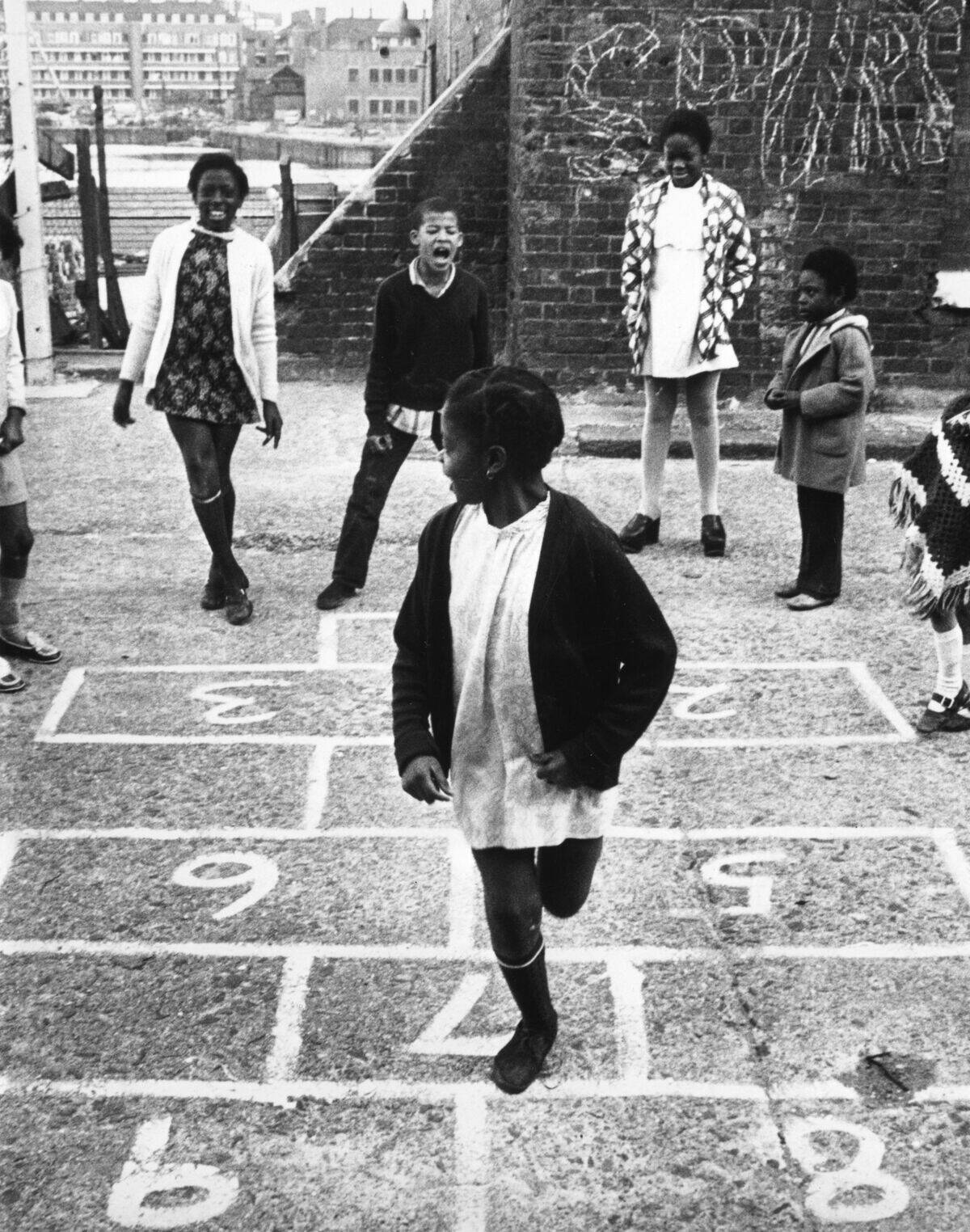
Hopscotch is a beloved game that combines physical agility with a bit of math. With roots dating back to Roman times, players hop on one foot across a series of numbered squares chalked on the ground. It’s a game that enhances balance and coordination while offering endless variations. The joy of drawing a hopscotch grid and hopping through it is a universal childhood experience, harkening back to generations of players.
Duck, Duck, Goose: The Ultimate Circle Game
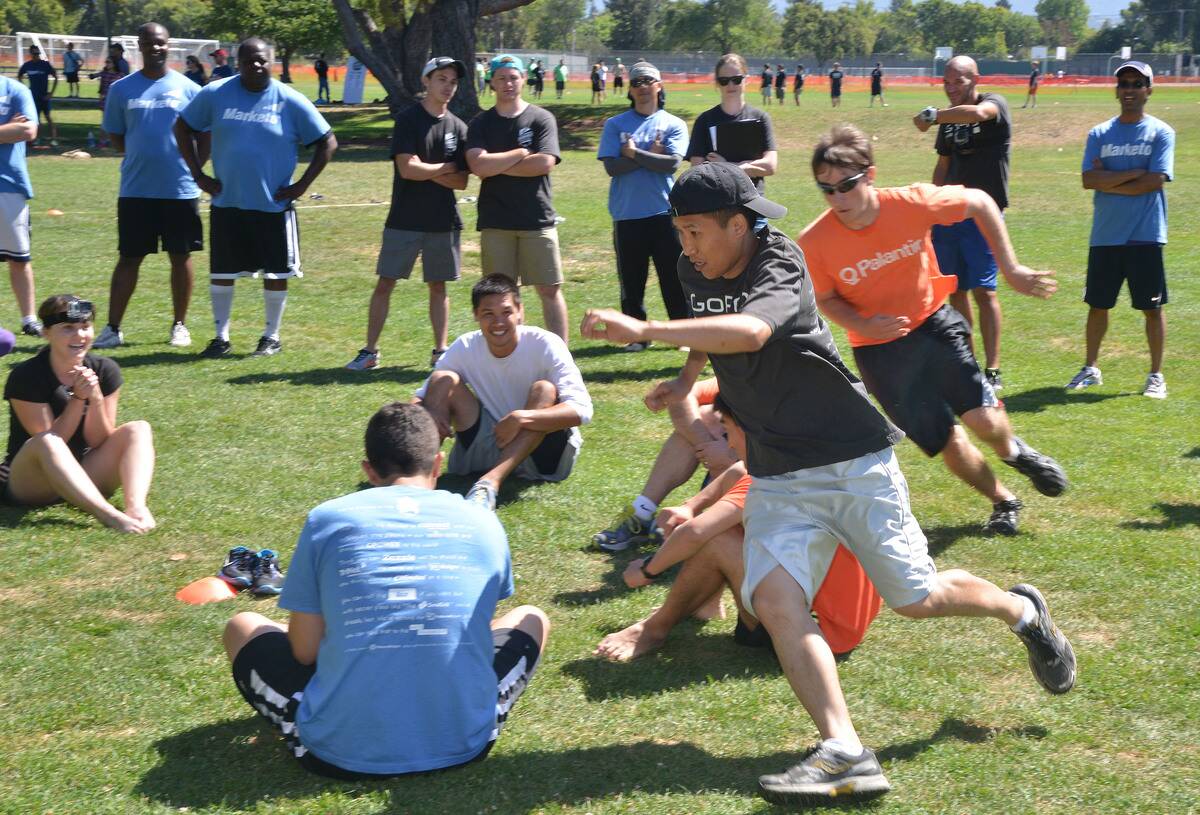
Duck, Duck, Goose is a simple yet exhilarating game where children sit in a circle, and one taps others on the head, calling “duck” or “goose.” The chosen “goose” must then chase the tapper around the circle. This game, perfect for young children, teaches quick thinking and reflexes. The thrill of being chosen and the race to avoid capture is a memory many cherish. It’s a classic example of how simple rules can create endless fun.
Capture the Flag: Strategy Meets Adventure
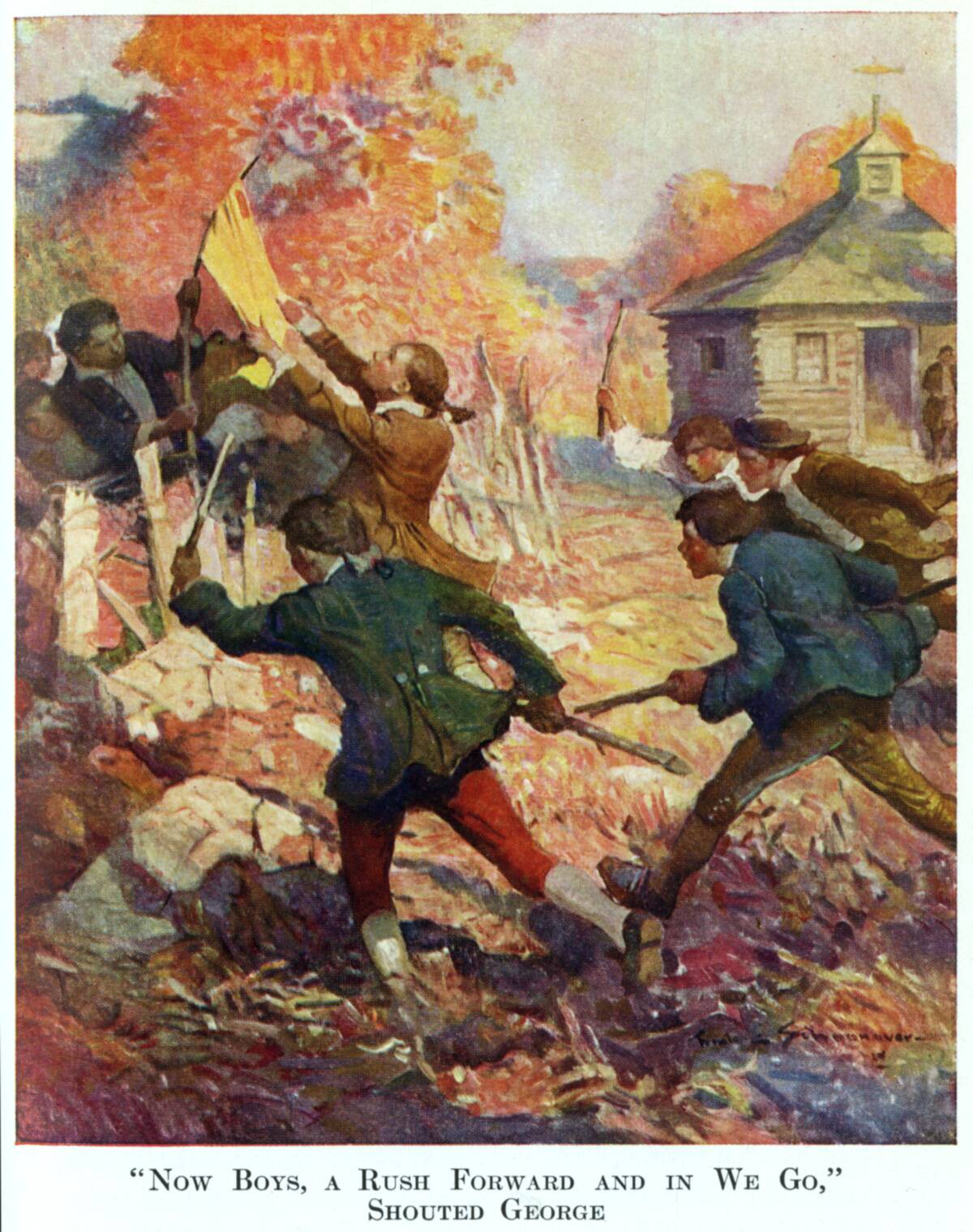
Capture the Flag is a game that combines strategy, stealth, and teamwork. Split into two teams, players aim to capture the opponent’s flag while protecting their own. It’s a game that encourages planning and communication, often played in large spaces like parks. The thrill of the chase and the satisfaction of a successful capture make it a favorite among kids and adults. It’s a game that turns any open field into a battlefield of fun.
Double Dutch: Jumping into Rhythm
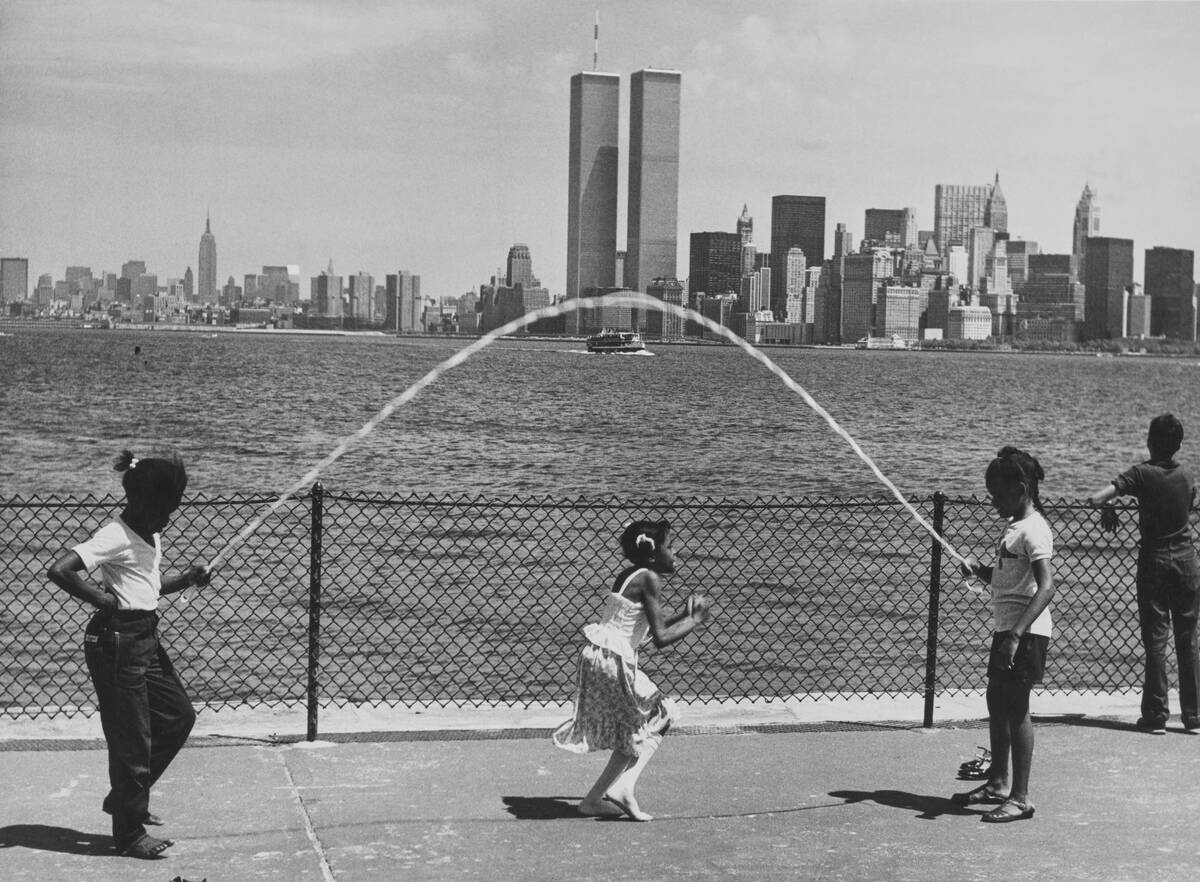
Double Dutch is more than just a jump rope game; it’s a rhythmic art form. Originating in the Netherlands and brought to America by Dutch settlers, it requires two ropes turned in opposite directions while players jump in and out. This game tests timing and coordination, often accompanied by chants or songs. It’s a vibrant display of athleticism and creativity, popular in urban areas and celebrated through competitions worldwide.
Four Square: The Court Game for All
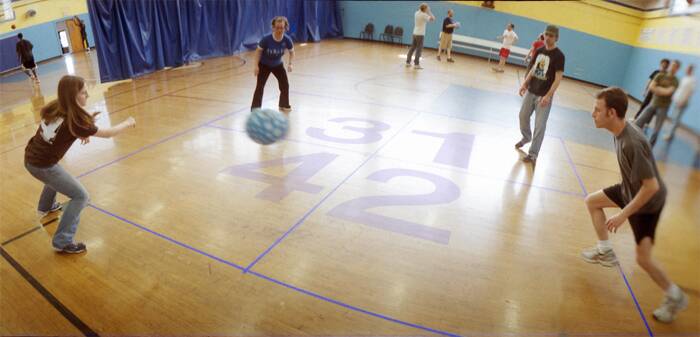
Four Square is a fast-paced ball game played on a square court divided into four smaller squares. Players aim to eliminate opponents by bouncing a ball into their square, following a set of simple rules. This game, popular in schoolyards, encourages quick reflexes and strategic thinking. Its adaptability and minimal equipment make it accessible to anyone. Whether played casually or competitively, Four Square is a game that brings people together.
Freeze Tag: Speed and Stealth Combined
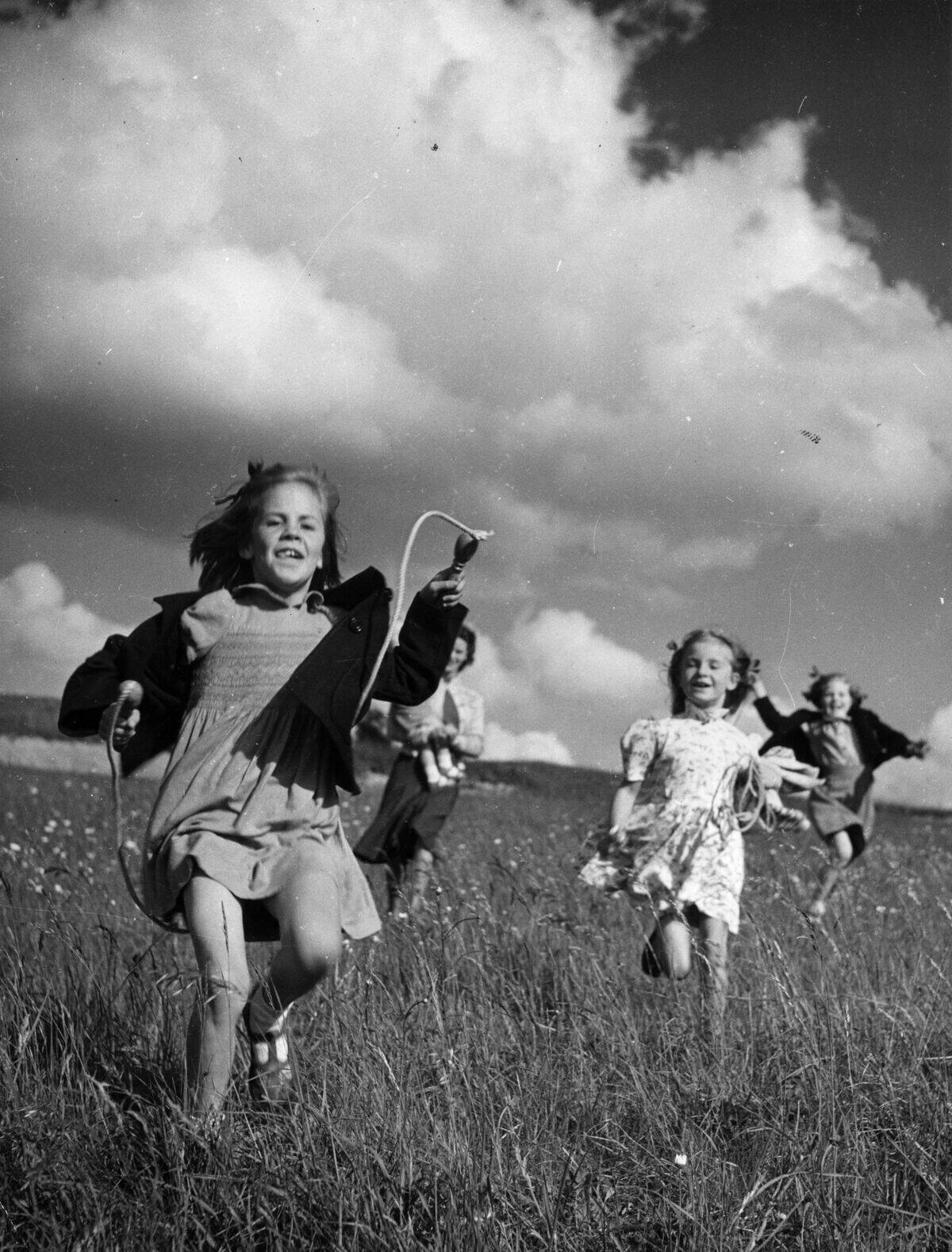
Freeze Tag is a lively game where one player chases others, attempting to “freeze” them in place with a touch. Originating from the traditional game of tag, it adds an exciting twist. “Frozen” players can rejoin the game when “unfrozen” by teammates, encouraging cooperation and strategy. The game’s appeal lies in its mix of speed, stealth, and teamwork, making it a favorite during recess or in backyards everywhere.
Blind Man’s Bluff: Trusting the Senses
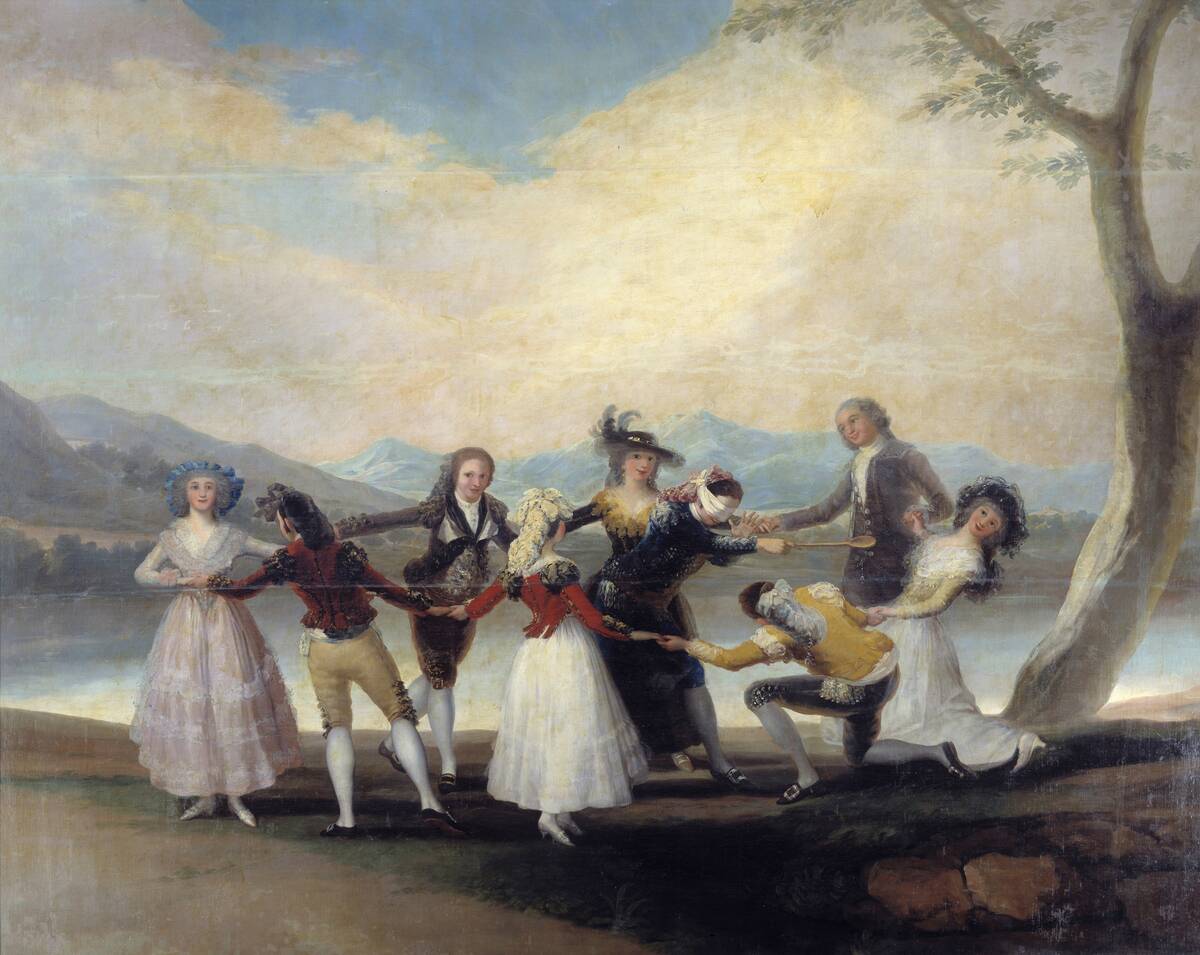
Blind Man’s Bluff is a game of trust and intuition, where a blindfolded player attempts to identify others by touch or sound. This game has a long history, with versions dating back to the Middle Ages. It’s a test of one’s senses and memory, creating a thrilling experience for players. The challenge of navigating without sight adds an element of suspense and laughter, as players rely on their wits to succeed.
Sardines: A Reverse Hide and Seek

Sardines is a delightful twist on hide and seek, where one player hides while the rest seek. As each seeker finds the hider, they join them in hiding until only one seeker remains. The game continues until everyone is crammed into the hiding spot, like sardines in a can. This game encourages creativity in hiding and fosters a sense of unity among players. It’s a playful reminder of the joy found in simple, shared experiences.
The Evolution of Childhood Games in the Digital Age
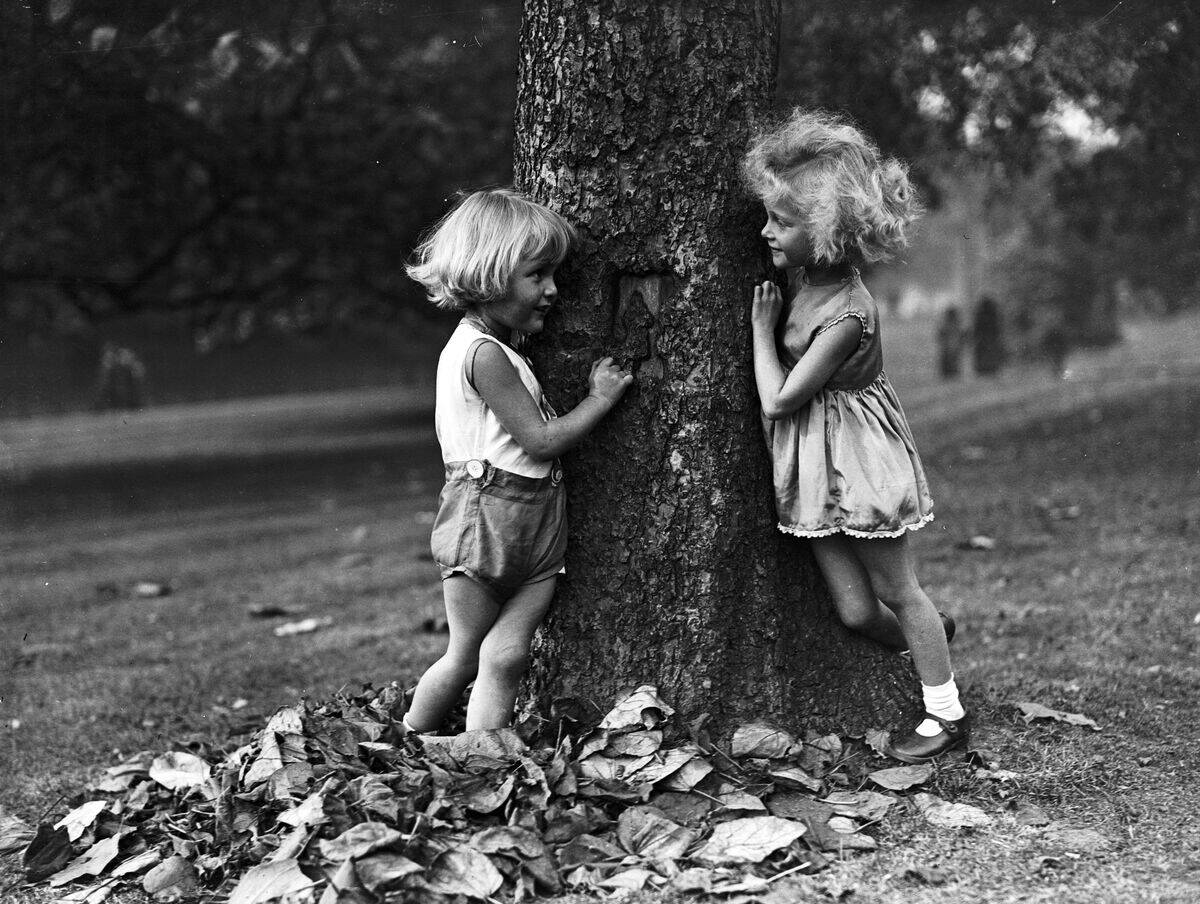
In the digital age, childhood games have evolved, incorporating technology and interactive elements. Video games and virtual reality experiences offer new dimensions of play, capturing the attention of tech-savvy children. While traditional games remain cherished, digital platforms provide immersive storytelling and global connectivity. This evolution highlights the adaptability of childhood play, blending classic elements with modern innovation to create engaging experiences for the young and young-at-heart.
Why Some Games Have Faded Away
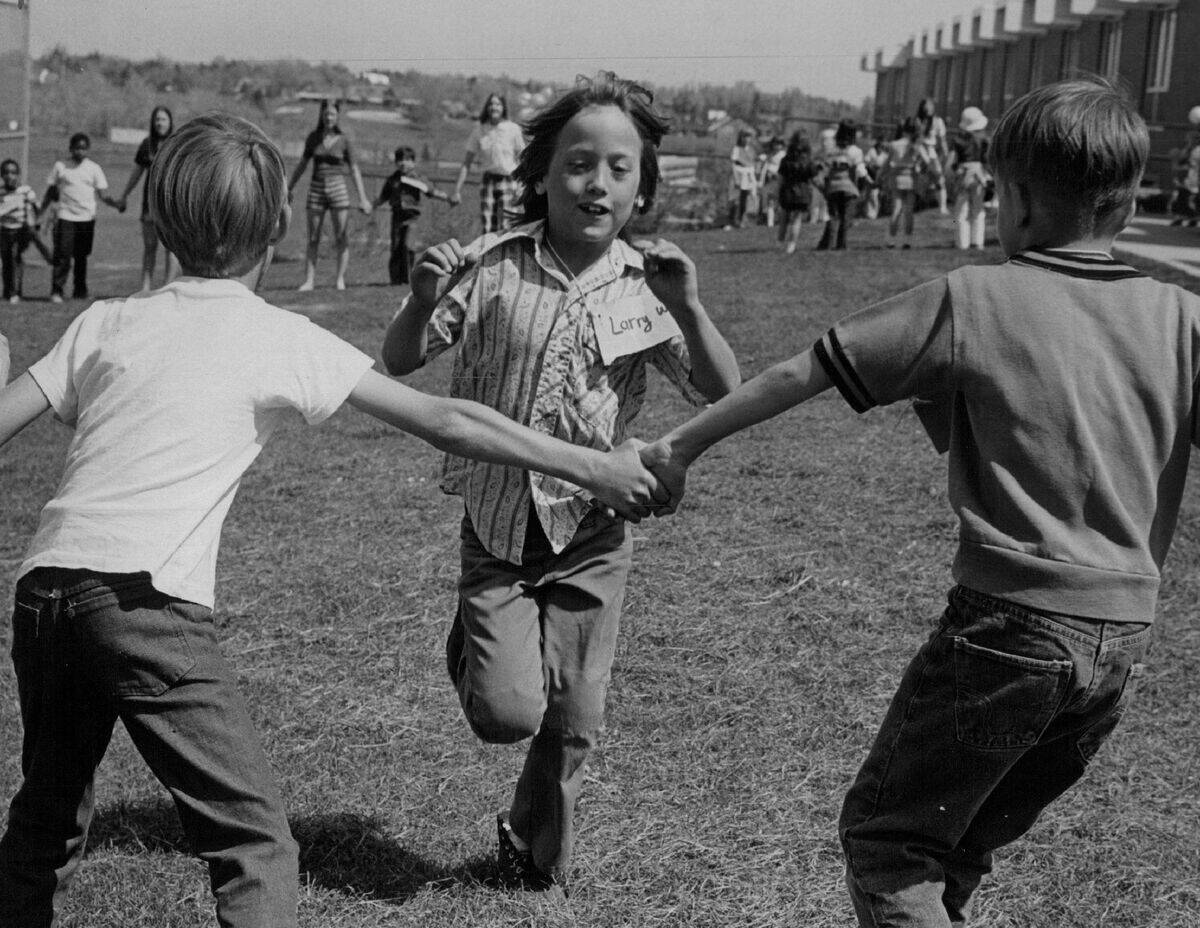
Some childhood games have faded away due to changing societal norms and safety concerns. Games like Red Rover have become less common as schools prioritize safety over tradition. Additionally, the rise of digital entertainment has shifted children’s attention from outdoor play to screen time. Despite this shift, many classic games continue to thrive in communities that value traditional play, demonstrating the enduring appeal of simple, active fun.
The Impact of Technology on Traditional Play

Technology has significantly impacted traditional play, offering new forms of entertainment while challenging the relevance of classic games. Devices like smartphones and consoles provide instant gratification and endless options, drawing children indoors. However, technology also enhances traditional play, with apps and online platforms encouraging outdoor activities and learning. This dual impact highlights the need to balance screen time with physical play, ensuring children benefit from both worlds.
Nostalgia and the Resurgence of Classic Games
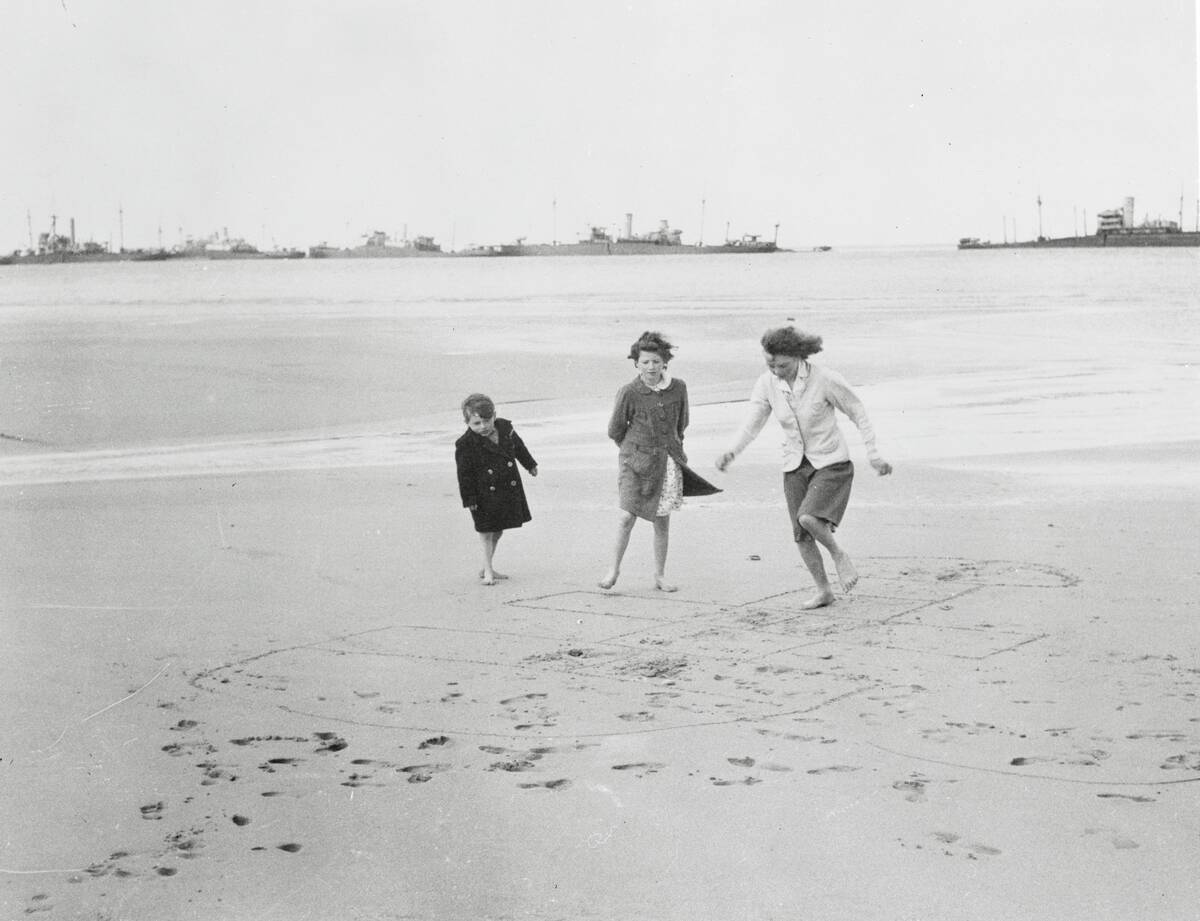
Nostalgia plays a vital role in the resurgence of classic childhood games. Many adults, longing for the simplicity of their youth, have reintroduced these games to the next generation. Events like “throwback” game nights and community gatherings celebrate traditional play, fostering connections across ages. This revival reflects a desire to preserve the joy and lessons of classic games, proving that their appeal transcends time and technology.
Bringing Back the Fun: Encouraging Outdoor Play
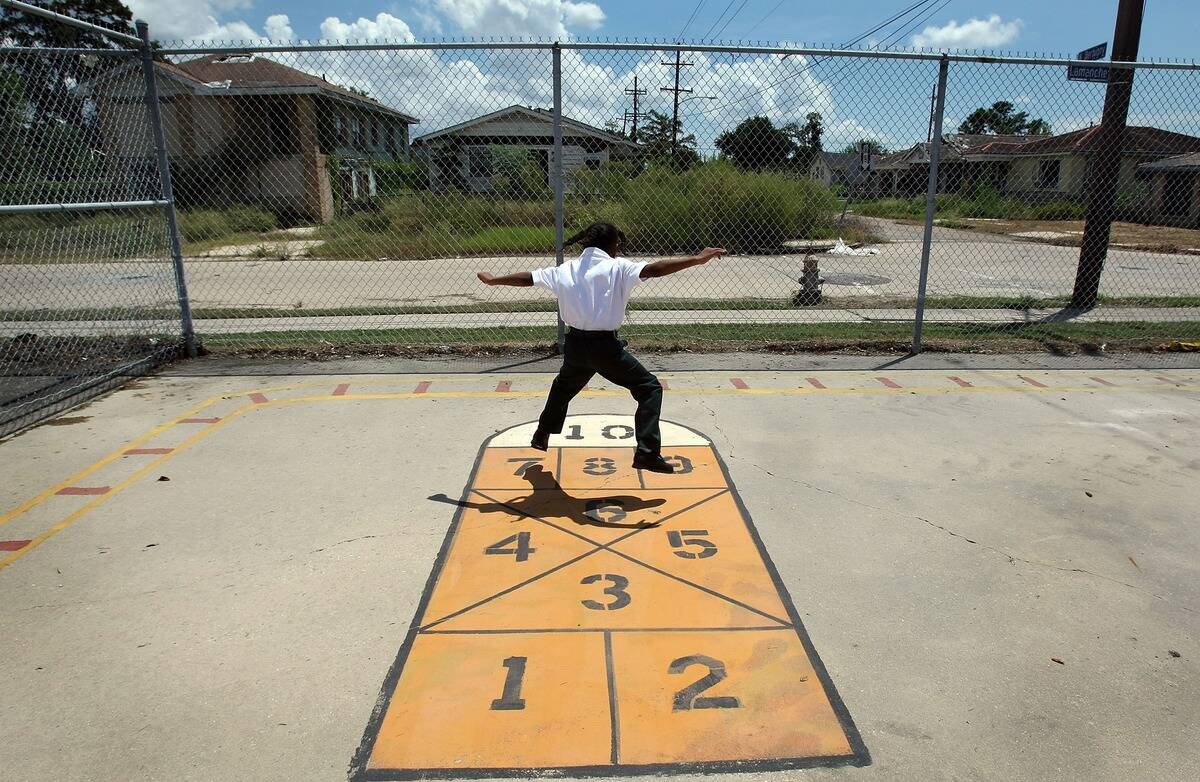
Encouraging outdoor play is essential for fostering creativity, physical health, and social skills in children. Communities and schools are creating spaces and programs that promote active play, reintroducing classic games to new audiences. Parents and educators can play a crucial role by organizing playdates and outdoor activities. By prioritizing outdoor play, we not only preserve the legacy of childhood games but also enrich the lives of future generations.



